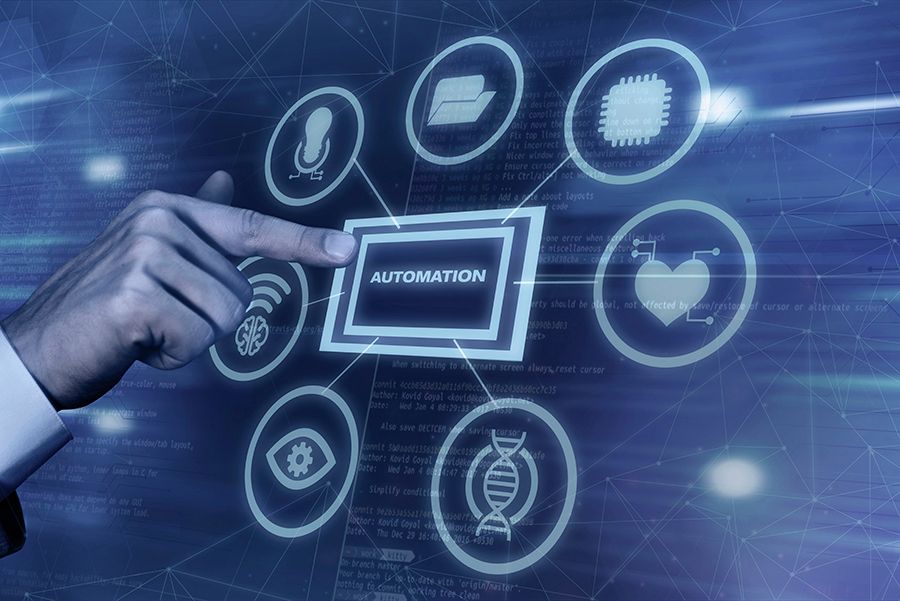Delivering timely and relevant messages is key to capturing your audience’s attention. Trigger-based automation is an effective way to do this. By leveraging automation and setting up triggers based on specific customer actions, businesses can deliver messages that resonate at the right time. This article explores trigger-based automation and strategies that can help businesses deliver timely and relevant messages to drive customer engagement and achieve desired results. Whether you’re new to automation or looking to optimize your existing workflows, this article provides insights and practical tips to help you leverage trigger-based automation effectively and achieve marketing success.
What is Trigger-based Automation
Trigger-based automation, also known as event-based automation, automates specific actions or messages based on predefined triggers or events. Triggers can be things like website visits, email opens, form submissions, purchases, or specific dates in a user’s journey.
Businesses can respond to their customers’ actions or events in real-time with trigger-based automation. Businesses can set up automated workflows that are triggered by specific events, instead of relying on manual intervention, so the right message gets to the right person at the right time.
Trigger-based automation starts with triggers. Whenever a trigger event happens, it triggers a predefined sequence of actions, such as sending an email, updating customer data, assigning tasks, or sending a notification. By automating, businesses can engage customers in a personalized and contextually relevant way, enhancing the overall customer experience.
Business can streamline marketing efforts, save time, and deliver more targeted and effective messages by leveraging trigger-based automation. It lets them automate repetitive tasks, nurture leads, facilitate customer onboarding, send personalized recommendations, and reactivate inactive customers. By delivering the right message at the right time, trigger-based automation helps businesses optimize marketing, improve customer engagement, and drive conversions.

Identifying Key Triggers
In this section, we’ll look at identifying key triggers for trigger-based automation. Identifying the right triggers is key to delivering relevant and timely messages. Businesses can engage their audience more effectively by understanding customer behaviors and actions.
Customer data analysis:
Analyzing customer data is the first step. Data should be collected and analyzed from a variety of touchpoints, like website analytics, email engagement metrics, social media interactions, and customer surveys. Businesses can gain valuable insights into customer behaviors, preferences, and patterns by digging into this data.
Key actions and behaviors:
Analyze customer data and identify key actions and behaviors that indicate customer engagement. You can automate things like website visits, time spent on specific pages, abandoned carts, email opens, and social media interactions. Prioritize actions that reflect important milestones in your customer’s journey and align with your marketing campaigns.
Customer journey mapping:
Next, map the triggers to the customer journey stages. Determine which triggers are most relevant at each stage and align them with marketing goals. A trigger could send a personalized follow-up email after a customer makes a purchase or provide a special offer when a customer reaches a loyalty level.
Triggers with the biggest impact:
It’s important to identify multiple triggers, but it’s even more important to prioritize those that have a big impact on customer engagement and conversions. Choose triggers that will drive desired actions and deliver the most value to your business. Your trigger-based automation will be more effective if you prioritize high-impact triggers.
Real-Life Examples
Here’s a look at real-life examples of businesses that have used trigger-based automation to deliver timely and relevant messages. Businesses looking to implement or optimize trigger-based automation strategies can take inspiration from these examples.
Retargeting for e-commerce:
An e-commerce company uses trigger-based automation to retarget abandoned customers. Whenever a customer leaves items in their cart without completing the purchase, an automated email reminds them and offers a discount or incentive to get them to finish. The personalized and timely message serves as a powerful reminder and significantly increases conversion rates.
Reminder about subscription renewals:
Subscriber-based services use trigger-based automation to remind customers whose subscriptions are about to expire. An automated email reminds customers to renew their subscriptions a few weeks before the expiration date. Emails may include personalized offers or incentives to get you to renew right away. By being proactive, we make sure customers don’t miss out on the service and we increase renewals.
Product recommendations:
Based on customers’ browsing and purchase history, an online retailer delivers personalized product recommendations. When a customer visits the website or makes a purchase, an automated email suggests related products. Cross-selling and upselling are more likely with this tailored recommendation.
Activation and onboarding:
SaaS companies use trigger-based automation to onboard and activate new users. Users get an automated series of emails after signing up that walk them through the onboarding process, provide tips and tutorials, and highlight key features. Users will have a smooth and engaging onboarding experience, leading to increased product adoption and customer satisfaction.
This real-life example shows how trigger based automation can deliver timely and relevant messages. Businesses can drive conversions, enhance customer engagement, and foster long-term relationships by understanding customer behaviors, implementing personalized triggers, and automating messages. Businesses across various industries can take inspiration from these examples and embrace trigger-based automation.
Usermost and trigger based automation
For businesses looking to boost customer engagement, drive conversions, and achieve marketing success, trigger-based automation is crucial. Businesses can make sure their automated messages are precisely tailored to meet customer needs and preferences by identifying key triggers, mapping them to customer journeys, and optimizing performance.
Usermost’s marketing automation platform helps businesses execute trigger-based automation effectively. Usermost lets businesses leverage customer data, set up personalized triggers, and automate message delivery across multiple channels. With Usermost’s user-friendly interface, advanced segmentation options, and intuitive workflows, businesses can create and manage complex trigger-based automation campaigns easily.
Additionally, Usermost provides valuable insights and analytics that let businesses monitor and optimize their trigger-based automation. Businesses can continuously refine their triggers and messages by using A/B testing, analytics, and iterative optimization, ensuring that they remain timely, relevant, and effective.
